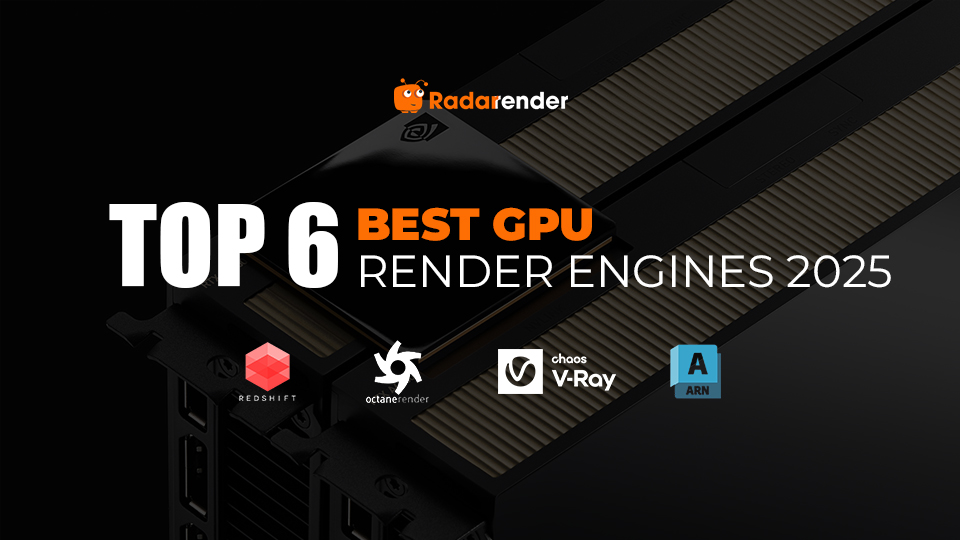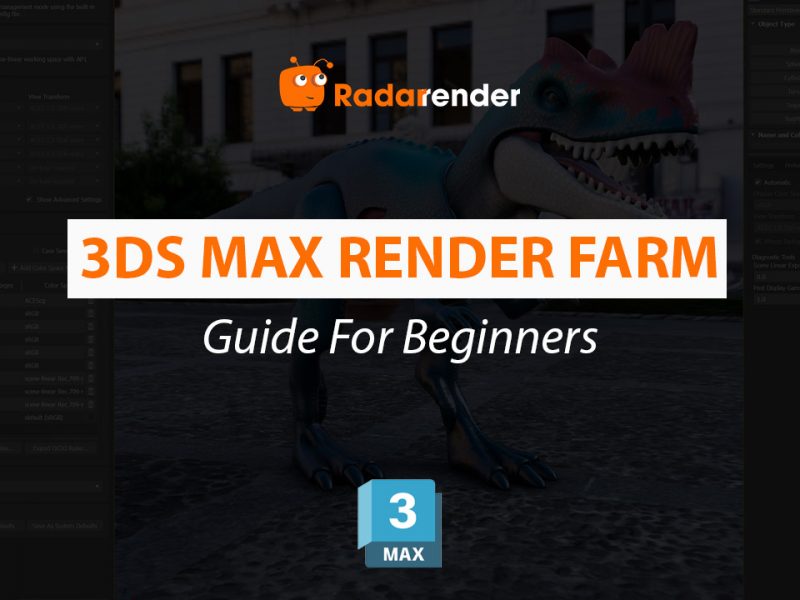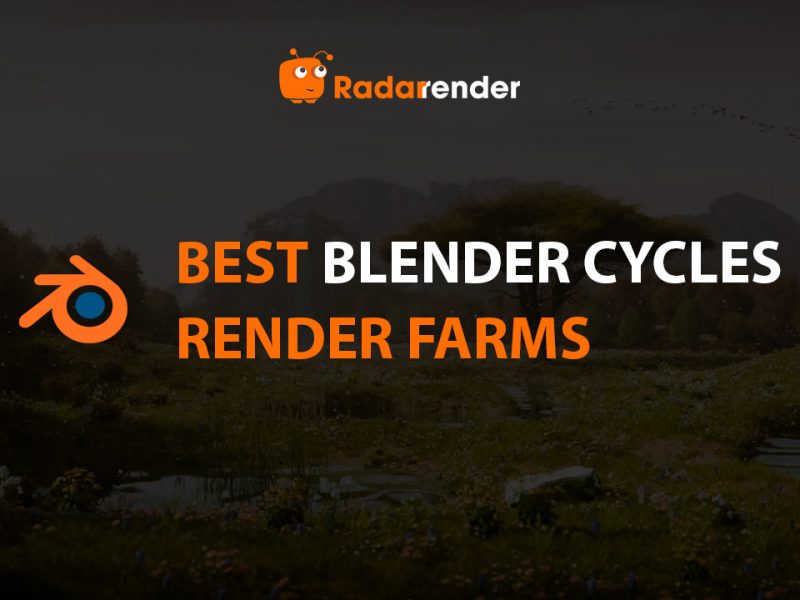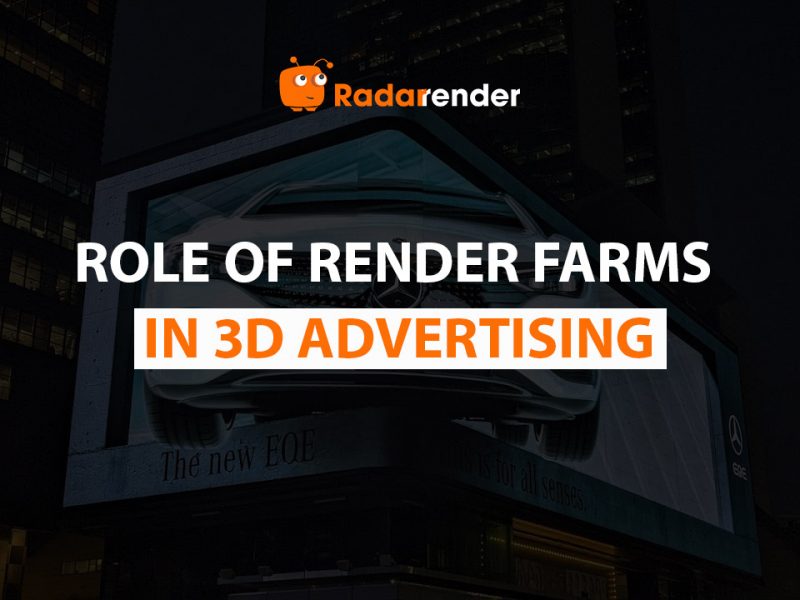Top 4 best GPU render engines 2025
The rapid growth of the 3D and VFX industry has driven continuous advancements in 3D software, and render engines are no exception. Since their introduction, GPU render engines have significantly shortened rendering times for 3D artists, allowing them to create high-quality works more efficiently.
However, for beginners in 3D design, choosing the right GPU render engine can be challenging. In this article, let’s explore the 4 best GPU render engines of 2025 with Radarrender.
What should you consider when choosing a GPU render engine?
- Rendering Quality: Ultimately, it’s all about the visuals. You need a render engine that can accurately handle realistic details.
- Speed and Performance: Time is money, especially when working under tight deadlines. Faster rendering leads to quicker project turnarounds.
- Compatibility: Ensure the engine integrates smoothly with your 3D software to avoid workflow disruptions.
- Ease of Use: If the software is too complex, you’ll spend more time learning than creating. A user-friendly interface is essential, especially for beginners.
4 best GPU render engines 2025
Octane Render
OctaneRender remains one of the most powerful and widely used GPU render engines. Its unbiased spectral rendering delivers breathtaking realism, making it a top choice for professionals in VFX, architectural visualization, and advertising.
It is best suited for PCs with fast GPUs, delivering impressive renders right out of the box. Many solo freelancers use Octane to achieve high-quality results with minimal compositing work.
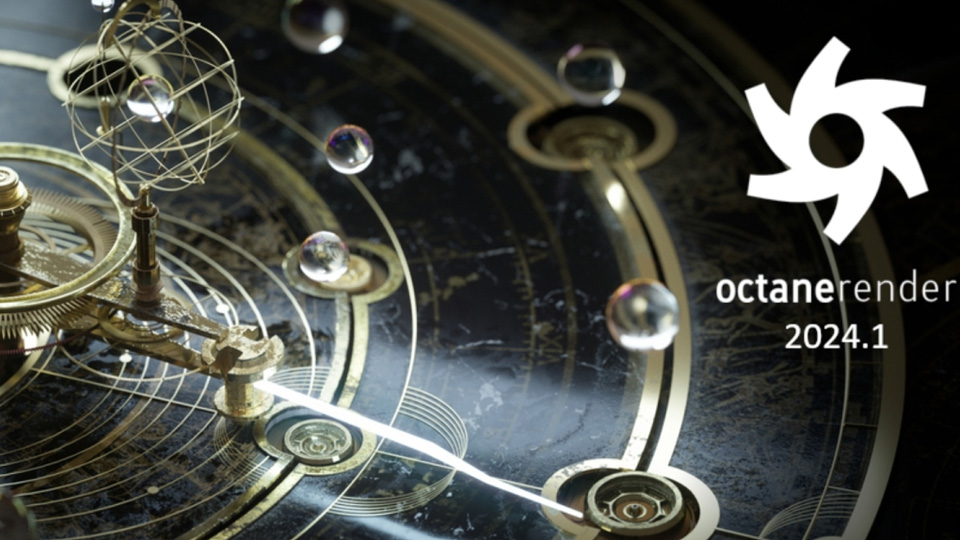 Key features:
Key features:
- Fully GPU-accelerated, utilizing NVIDIA RTX technology
- Spectral rendering for realistic lighting and materials
- Extensive integration with popular 3D software like Blender, Cinema 4D, and Houdini.
Redshift Render by Maxon
Redshift is known for its speed and flexibility, making it ideal for large-scale productions. It allows artists to achieve near-photorealistic results with its robust feature set while maintaining fast render times.
Redshift is considered one of the best GPU render engines for PCs with high-performance GPUs. It is designed for fast-turnaround projects that require or benefit from extensive and complex compositing work. One of Redshift’s biggest advantages is its ability to allow users to rebuild transitions in compositing while spending less time refining everything within Cinema 4D. Additionally, Redshift is the most popular render engine among high-end motion design studios.
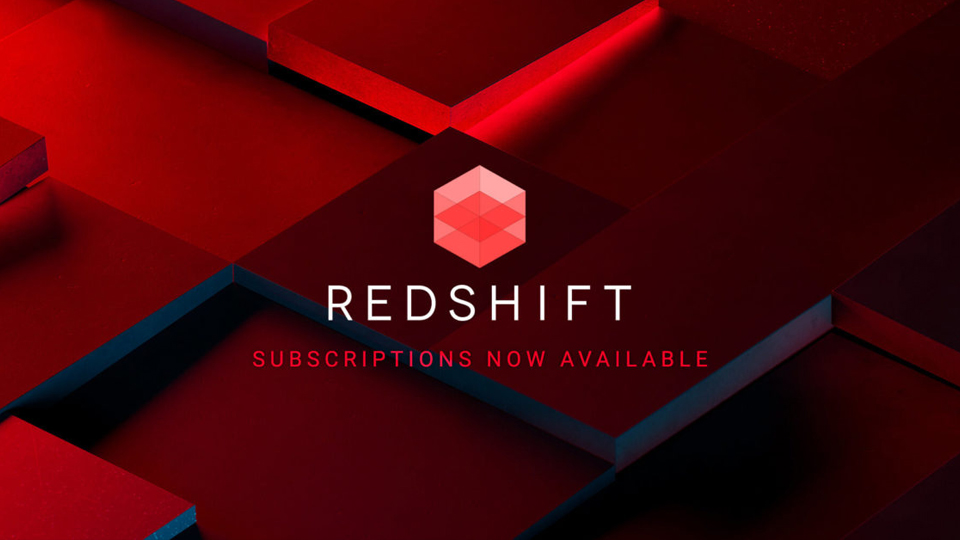 Key features:
Key features:
- Biased rendering for optimized speed and quality balance=
- Supports both NVIDIA CUDA and AMD GPUs
- Advanced shading and texturing options
- Deep integration with Maya, Cinema 4D, and Houdini
Arnold GPU
Arnold GPU provides a reliable rendering solution for high-end productions. While it is traditionally CPU-based, its GPU acceleration mode allows for faster iterations and previews while maintaining its signature cinematic-quality output.
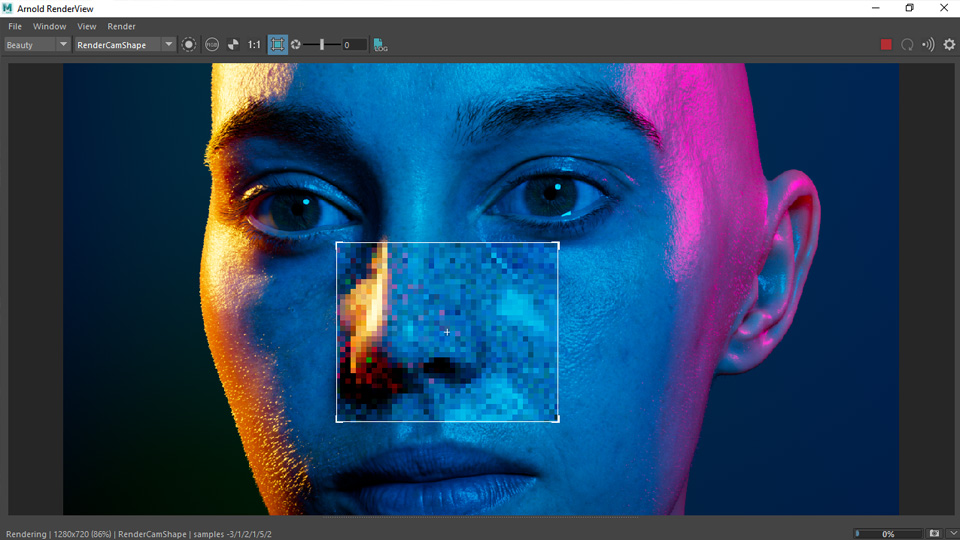 Key Features:
Key Features:
- GPU-accelerated rendering with OptiX support
- Advanced ray tracing capabilities
- Deep integration with Maya and Houdini
Scalable for both small and large productions
V-Ray GPU
V-Ray GPU continues to be a top-tier choice for professionals needing flexibility between CPU and GPU rendering. Its ability to deliver stunning photorealistic images makes it a staple in architectural visualization and product design. V-Ray GPU utilizes dedicated ray-tracing hardware in the latest NVIDIA Ada Lovelace, Ampere, and Turing GPUs to accelerate production rendering. V-Ray GPU is more popular in architecture and product design but has a film/VFX background as well.
Key Features:
- Hybrid CPU+GPU rendering support
- Adaptive dome light for improved lighting accuracy
- Extensive material and texture library
- Compatible with multiple 3D software like Maya, 3ds Max, SketchUp, and Blender.
Summary
Ultimately, there is no single “best” GPU render engine—only the one that best fits your workflow.
- You might choose Redshift if you have a powerful GPU and plan to do extensive compositing and post-production work or collaborate with large motion design studios.
- Similarly, Octane is a great option if you have a high-end GPU, work as an independent 3D freelancer, and don’t require heavy post-processing.
- Go with Arnold if you need advanced VFX features and plan to work with Maya or Houdini.
- Meanwhile, V-Ray GPU is an excellent choice for architectural visualization tasks.
As GPU technology continues to advance, render engines will further optimize efficiency and realism. Whether you are an artist, designer, or engineer, leveraging GPU rendering can significantly enhance your workflow in 2025 and beyond.
See more: Top 5 Blender Render Engines 2025



